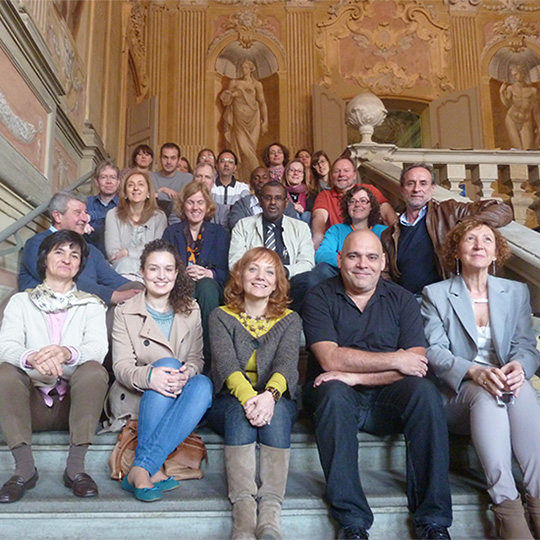Cover Story:
In the New Medicines for Trypanosomatidic Infections (NMTRypI) project funded by the EU, we have discovered
novel anti-leishmania and anti-trypanosoma hits that inhibit pteridine reductase 1 (PTR1). Here, we synthesized
compounds with a flavanone scaffold and characterized their antiparasitic activity and ADME-tox properties. Crystal
structure determination and computational docking explain differences in their inhibition of PTR1. Two crystal
structures of one compound with different PTR1 enzymes provide a basis for further scaffold optimization to develop
inhibitors targeting PTR1 enzymes from different parasites.
Molecules
2017, 22(3), 426; DOI:
10.3390/molecules22030426
Results in brief from Cordis citations:
A special
citation of the EU Commission for the results achieved within the project New Medicines for Trypanosomatidic
infections, grant number:
603240.
Invitation by the EU Commission:
The EU Commission invited the Coordinators of the FP7 projects to present
the project results at the Satellite Symposium on Neglected Infectious Diseases during the ECTMIH 2017 (European Congress on Tropical Medicine and International Health).
